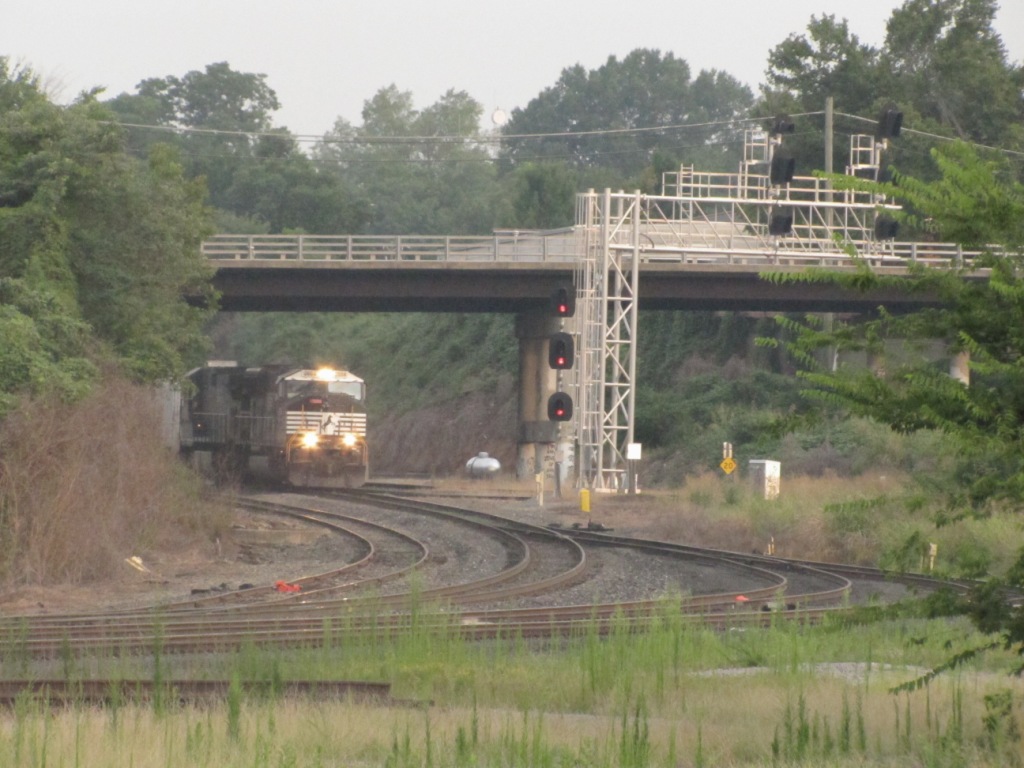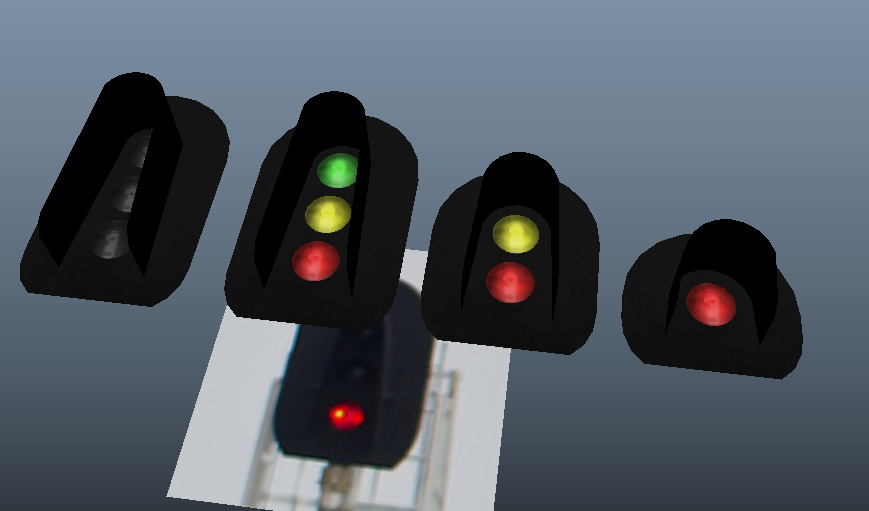Creating a signal for TS2017?
I just started learning how to import basic models into RailWorks, and I'm going to try and set a (quite ambitious) goal for making NS SafeTran signals with their corresponding signal rules and different variations with heads. I have about 3 years of experience in modeling, texturing, and animation in Blender and now Autodesk Maya. I'm all set for beginning to model and texture everything, but where can I go to learn how to actually import these into the game and script them? I saw the RSC dev documents but they're a bit confusing to understand.
For reference I want to be able to have setups similar to this:

Source - railfanguides.us/ns/raleigh
(Note the signals on the gantry with 1-3-2 and 3-3-2 aspect setups)
For reference I want to be able to have setups similar to this:
Source - railfanguides.us/ns/raleigh
(Note the signals on the gantry with 1-3-2 and 3-3-2 aspect setups)
